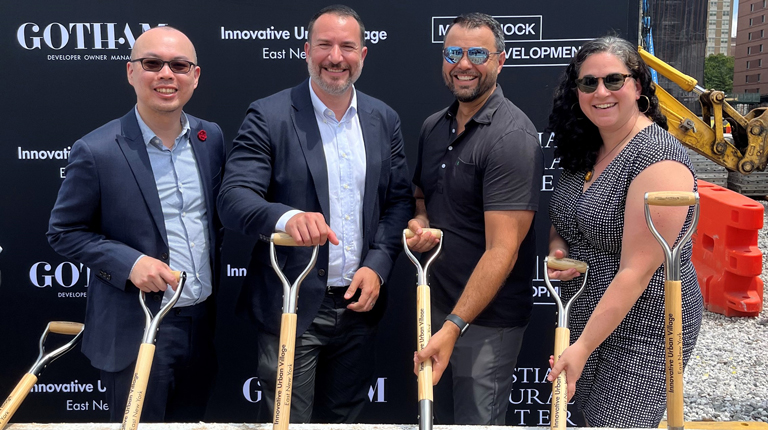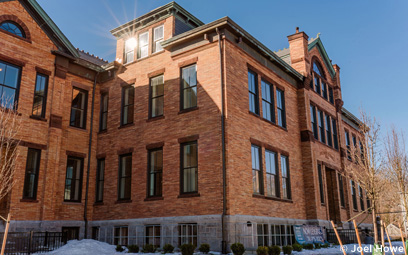
The Lincoln School in Brockton, Massachusetts, recently celebrated a significant milestone with its grand reopening as “The Lincoln,” an affordable senior housing property. Spearheaded by NeighborWorks Housing Solutions, this project transformed an 1890s-era school that educated generations of Brocktonians into 37 apartment homes for seniors situated near the recently expanded Senior Center.
Balancing History with Precision
VHB’s Cultural Resources team played an instrumental role in the Lincoln School's rehabilitation. Constructed in 1896 and expanded in 1911, the building features Romanesque Revival architecture, a vital part of Brockton's history. VHB advised the development team to retain and restore many of the building’s character-defining features, including the building's intricate masonry, terra cotta inserts, and historic tin ceiling tiles, preserving critical components of its historical significance.
VHB’s preservation planners guided the project through various state and federal tax credit applications, leveraging programs like the Massachusetts Historic Rehabilitation Tax Credit (MHRTC) and the Federal Historic Preservation Tax Incentives (HTCs). The team also wrote a National Register of Historic Places historic district nomination, securing essential funding for the rehabilitation.
In addition to navigating the complex landscape of tax credit applications and historic nominations, the project faced extraordinary logistical hurdles. The pandemic not only created administrative challenges for the project but also significantly intensified the difficulties of sourcing already limited materials. Highly specialized bricks, along with slate roofing, were needed to restore the building’s exterior. The team devised an innovative approach by salvaging original bricks from the interior that had been previously covered during the renovation. Additionally, the slate roofing proved too heavy and cost-prohibitive to restore, requiring the team to apply for a hardship exemption. Through comprehensive cost analysis and collaboration with the National Park Service (NPS), the team ultimately gained approval on an alternative synthetic slate material.
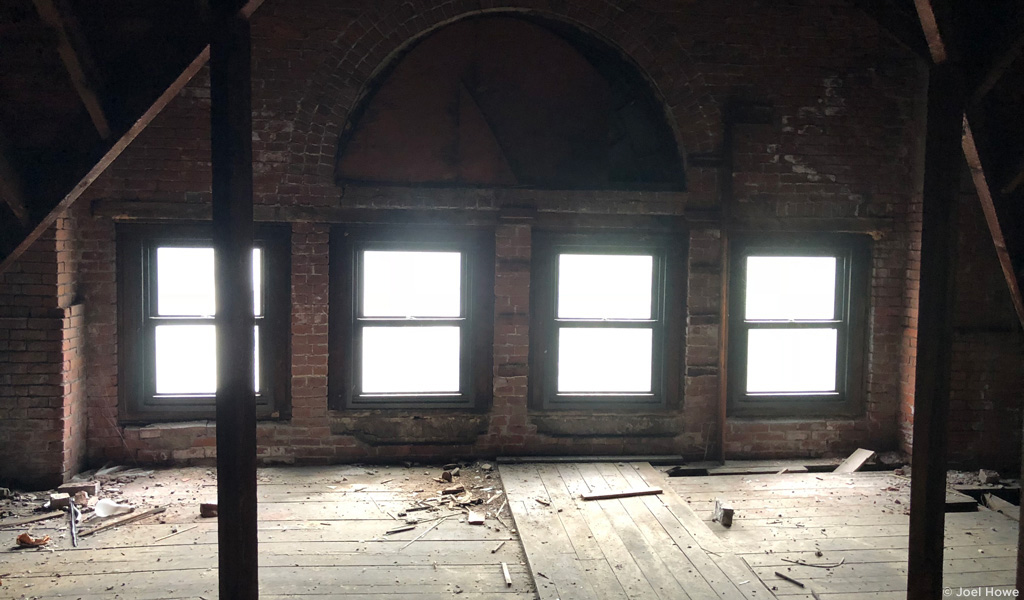
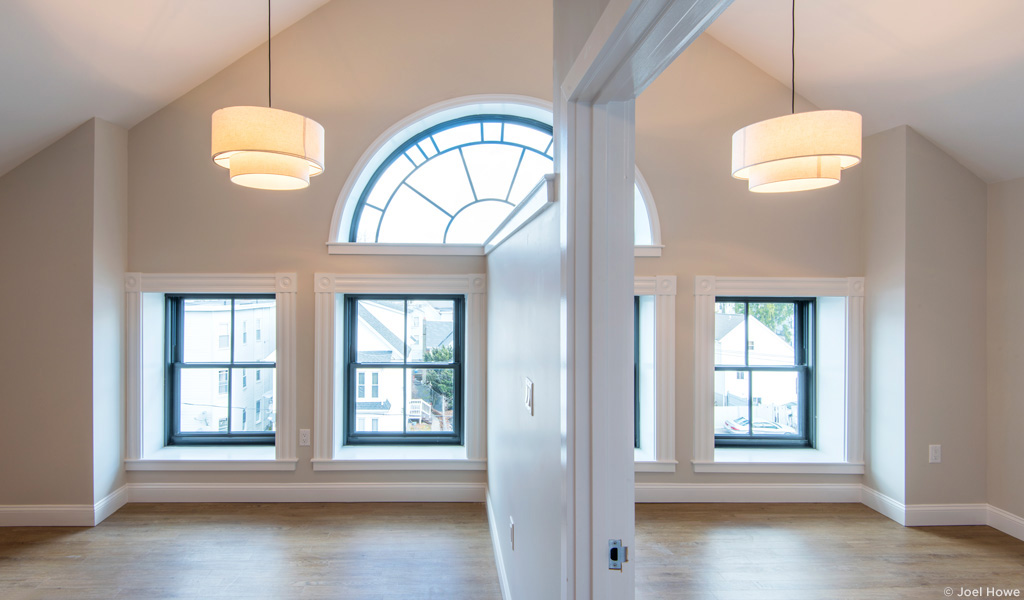
Navigating Compliance for Success
VHB’s efforts extended beyond preservation. The team meticulously assembled and submitted various compliance documents, meeting the Secretary of the Interior's Standards for Rehabilitation. Work included replacing windows and doors with period-appropriate replications and rehabilitating the interior to accommodate 37 residential units for a senior population from the basement through the attic. This comprehensive approach allowed the project to benefit from available tax credits while delivering high-quality, affordable housing. VHB worked closely with Davis Square Architects, overcoming these logistical challenges throughout the project.
Shaping the Future with Historic Roots
The Lincoln School Redevelopment is a notable example of how historic preservation can be utilized to create new housing. This project underscores the importance of meaningful and sustainable community development while setting an inspiring precedent for future housing initiatives, both within the City of Brockton and beyond.
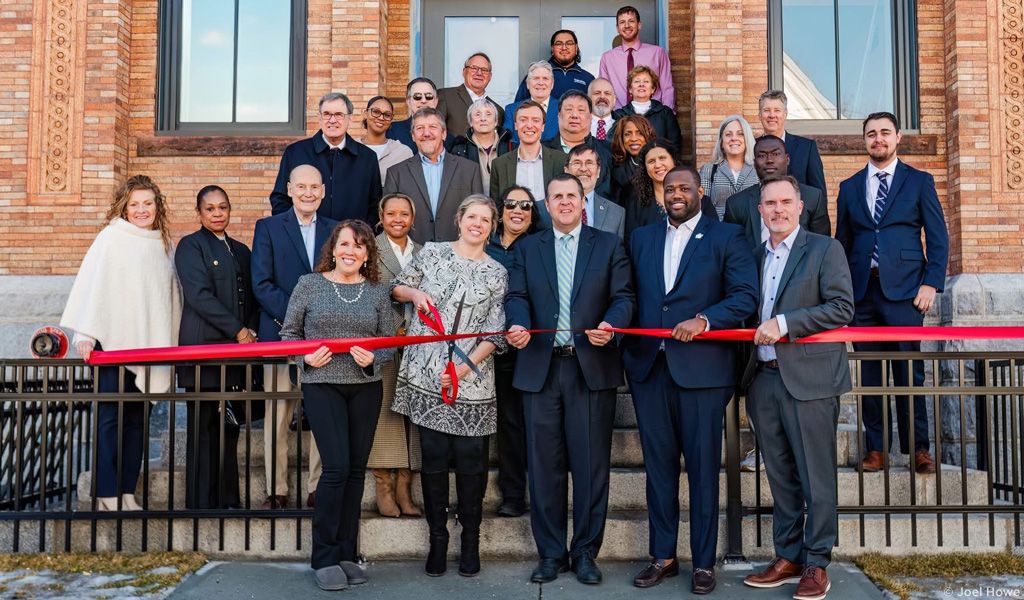
To learn more about leveraging historic tax credits to fund housing and asset repositioning projects, contact Director of Cultural Resources Quinn Stuart.
Learn more about how VHB is shaping communities, supporting affordable housing solutions that transform communities and improve quality of life across our footprint, or connect with New England Real Estate Market Lead Elizabeth Grob.

